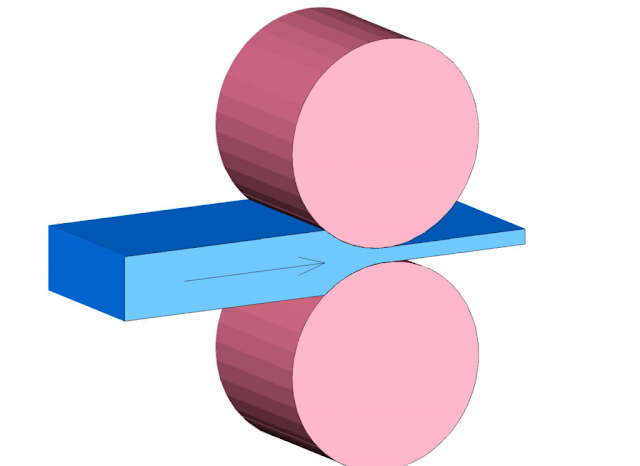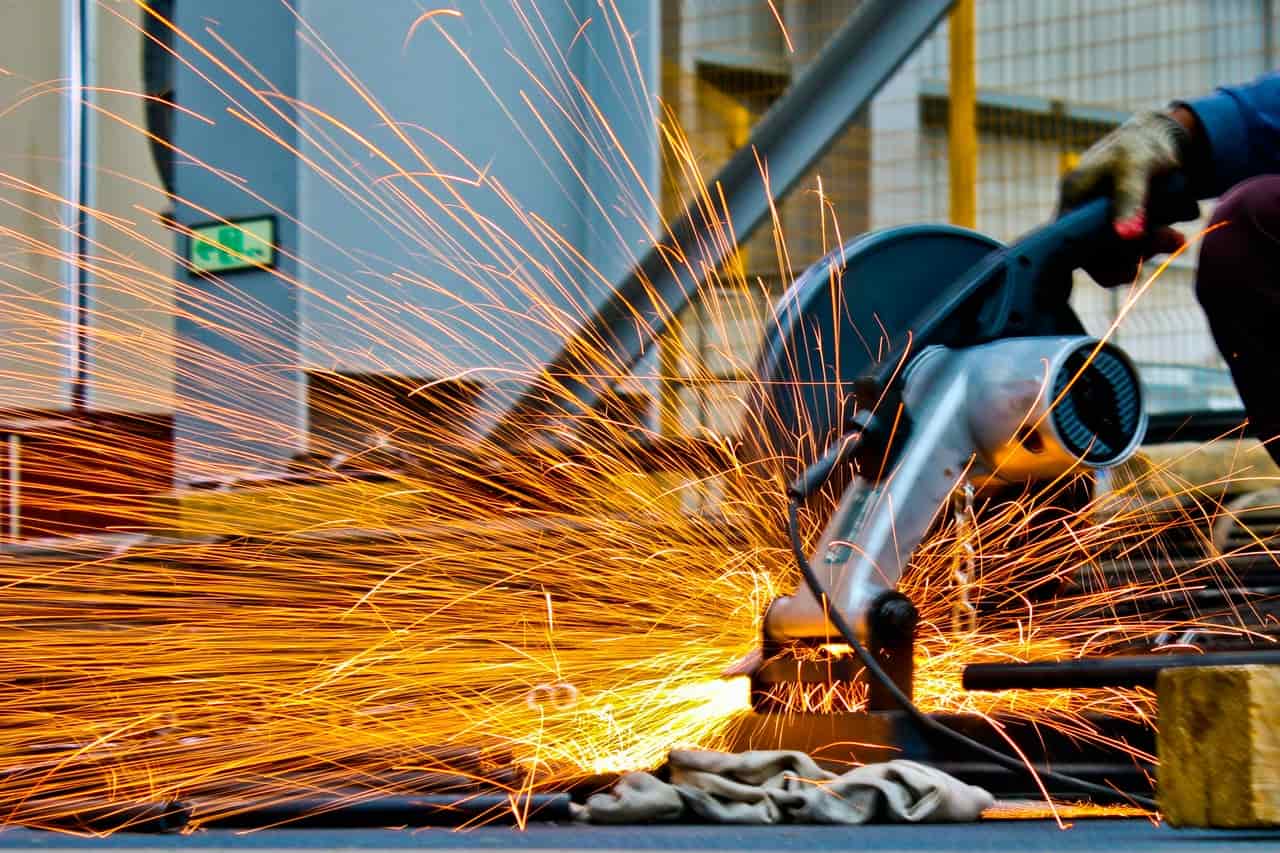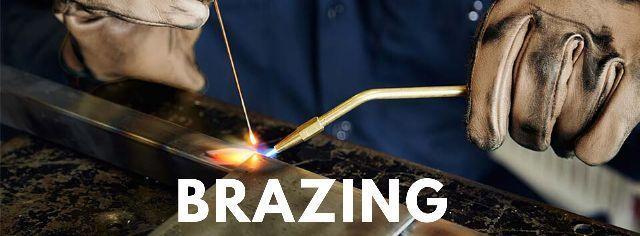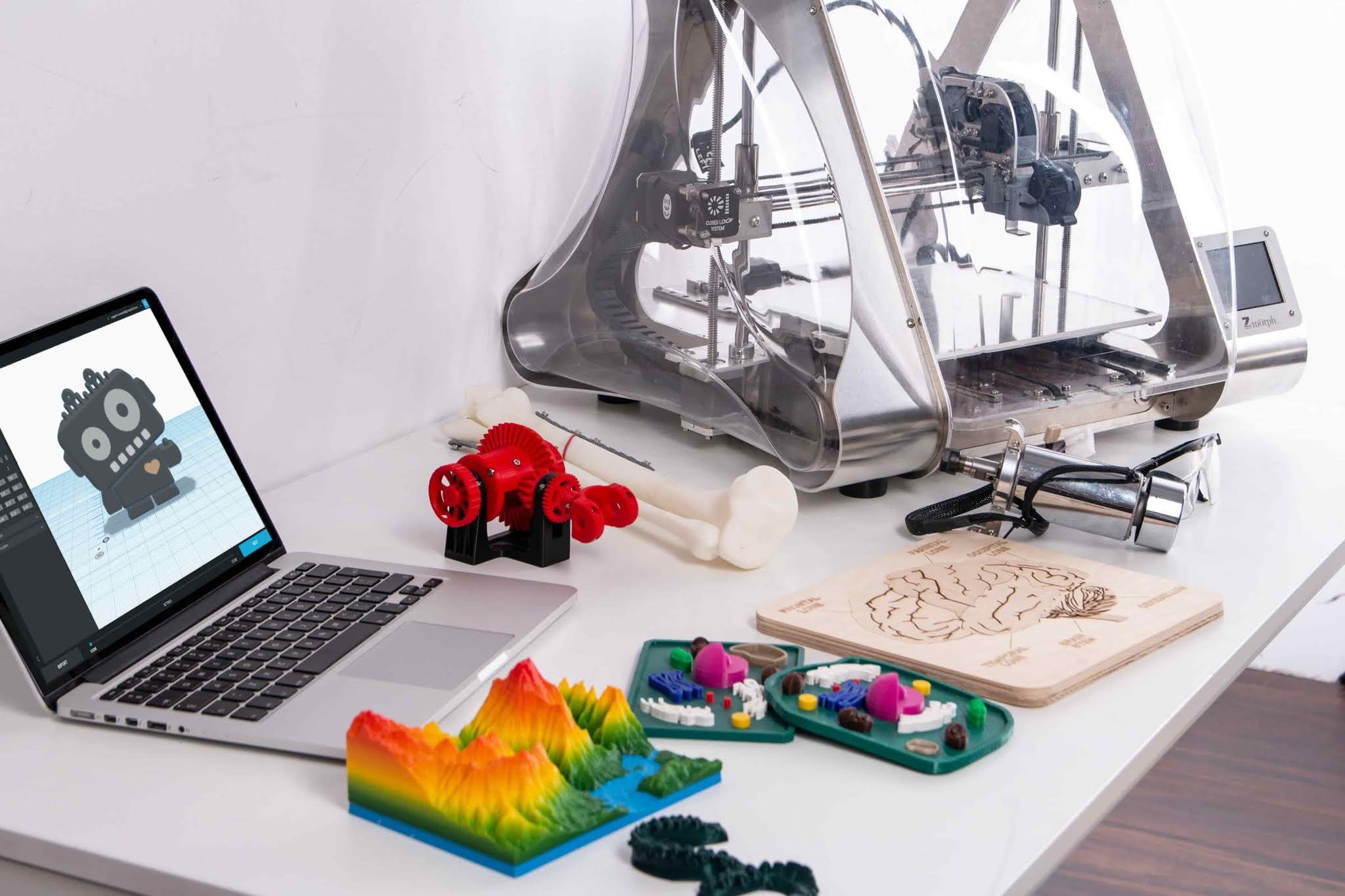What are The Types of Manufacturing Processes
Amorphous lumps of material are turned into the everyday products through several manufacturing processes. In this article we are going to discuss about six different types of manufacturing processes, in which five of them are traditional manufacturing process and the sixth one is a modern process. These processes are essential for the production of desired product.
But before we discuss about the manufacturing processes lets
discuss what is a manufacturing process.
What is a manufacturing process ?
Manufacturing process simply refers to the process manufacturing
of goods in large quantities using machines. It is concerned with people who
have discipline in working and have a large number of machinery, equipments and
tools with different automations required for a particular job.
It requires work discipline to participate in a manufacturing
process. The worker must have required experience and knowledge about the
machinery and tools to properly do the job without causing any troubles and
delay.
Six Types of Manufacturing Processes
There are six main categories of manufacturing processes. Each
one of these categories contains a large number of different manufacturing
techniques.
- Forming
- Casting
- Molding
- Joining
- Machining
- Additive manufacturing
Let’s look through each of the six categories in detail.
Forming
Forming involves applying forces or pressure and plastically
deforming the material to produce the desired shape. Forming is typically used
for metals. Most forming processes can be done when the metal is either above or
below its recrystallization temperature.
This is simply known as hot or cold working.
 |
| Rolling process |
Hot working makes it is easier to plastically deform the metal.
But cold working causes strain hardening resulting in increases of strength of
the material.
Three common forming processes are
- Forging
- Rolling and
- Extrusion.
During impression forging, the metal is placed between top
and bottom closed dies. Repeated hammering strokes cause the metal to flow into
the shape of the dies. Compared to objects which are cast objects produced
using forging can have improved mechanical properties. But it can be difficult
to achieve tight tolerances using forging, and the required equipment can be
expensive.
Extrusion is a continuous process which involves placing hot metal in a chamber and using a ram to force it through a die, producing a long object with a constant cross-section. This process provides an excellent surface finish and can achieve very tight tolerances. The main downside of this process is that it is only suitable for producing two-dimensional shapes.
Rolling is probably the most commonly used forming process. It
involves passing metal between two or more rollers which apply pressure and
reduce thickness. Products such as I-beams can also be manufactured by rolling.
It can result in improved mechanical properties. Rolling is good for large
scale production due to its automation capability. But it can’t be used to
produce very complex shapes.
The next manufacturing process is casting.
Casting
Casting involves pouring molten metal into a mold and
allowing it to solidify. This is called as a primary shaping process. To
achieve the desired surface finish a secondary process such as machining is
typically needed. Like forming, casting is also most commonly used for metals.
There are three common types of casting are
- Die casting
- Sand casting, and
- Investment casting
In die casting, molten metal is forced into reusable metal
dies at high pressure. Once the metal has solidified, it is removed from the
mold.
Die casting is mostly used for non-ferrous metals like
aluminum and zinc, which have low melting temperatures. It provides an
excellent surface finish, and can achieve very tight tolerances. The start-up costs
tend to be high, so it is only really suitable for large production runs.
In sand casting, a pattern is used to create a single-use
mold from damp sand. The sand is typically contained in two mold boxes called
the cope and the drag. Molten metal is poured into the mold through a channel
formed in the sand. When the metal has solidified the cast object can be
removed from the sand. Sand casting can be used for a wide range of metals, including
those with high melting temperatures. It can produce large and complex parts,
and initial costs are very low, making it good for small production runs. However
it provides a poor surface finish, and is not as accurate as other casting
processes.
In investment casting several wax patterns of the same object
are created and attached to a sprue. The wax tree is dipped into a slurry to
create a ceramic mold. Then heat is applied to melt out the wax.
Molten metal is then poured into the ceramic mold, and once
the casting has cooled the mold is broken off. This process is good for parts
with complex geometry, and can achieve tight tolerances. But it is an expensive
and time consuming process.
Molding
Molding is very similar to casting. It involves shaping a liquid or pliable material using a mold. Molding is generally used for forming plastics. Typical molding processes are injection molding, compression molding and blow molding.
Injection molding is mostly used for thermoplastics, which
are polymers which soften when they are heated and harden when they are cooled.
It is a very fast process, and can be fully automated, meaning labor costs are
low. But initial costs are very high, due to the expensive molds hence its only cost-effective
for large production runs.
Compression molding involves pouring a definite amount of
material into a mold. The mold is closed and pressure and temperature are
applied. Compression molding is mostly used for thermosets materials. Thermosets
are polymers which irreversibly harden when heated. Although the tooling costs
are relatively cheap, which makes it good for small production runs, but it is
quite a slow process and is not well suited for complex designs.
The manufacturing that we have discusses so far are material deformation
processes.
Machining
Machining is a material removal process. It an important part
of a manufacturing process. A tool is used to remove material from a larger
object. It is often used for secondary shaping, when the part has already been
formed using a primary process like casting molding.
Machining can be used for a wide range of materials,
including metals, plastics and wood. Examples of machining include drilling,
turning and reaming.
Drilling is the cutting of a normal circular hole by pressing
a rotating drill bit through a solid object.
Turning is the use of a cutting tool to shape a rotating
workpiece.
To learn more about machining click here
Joining
Joining involves combining multiple separate components into
a larger assembly. Like machining, joining is a secondary process.
Some examples of joining processes are welding, riveting,
brazing, soldering , fastening etc. Welding uses extremely high heat to fuse
distinct metal parts together. Unlike soldering and brazing, the base metal melts
during welding. The final category is Additive Manufacturing, which involves
adding material to build up the desired object, typically one layer at a time.
Read the differences between brazing and soldering
Additive manufacturing techniques
It is a modern manufacturing process. 3D printing, selective
laser sintering and vat polymerization are some examples of additive
manufacturing techniques.
For 3D printing a computer is used to successfully build up an object layer by layer. 3D printing is a slow process and the range of materials which can be used is limited. It tends to be used for prototyping rather than for mass production.
That’s it for this introduction to manufacturing processes! Please
leave a comment to let me know what you think!






![6 Important Types of Manufacturing Processes [2023]](https://1.bp.blogspot.com/-sZrglaSD4jY/YLB6vAGaqII/AAAAAAAAA6o/kfRvJT0AcAUeSp-4_YXZbjFTEu0YHt14ACLcBGAsYHQ/w100/types%2Bof%2Bmanufacturing%2Bprocesses.jpg)
![All Lathe Machine Operations [2023]](https://1.bp.blogspot.com/-x39Kvjg7HZA/X19vz4qAfrI/AAAAAAAAAq8/xkgD4fxHPOkTTJ8ltx6OE_wyN-1PJWRXgCLcBGAsYHQ/w100/Lathe%2BMachine%2Boperations.jpg)

0 Comments